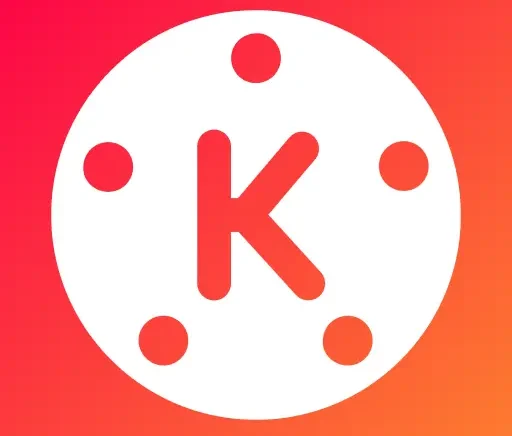 In modern high-speed network construction, optical fiber resources are increasingly scarce and the cost of laying is high. BiDi (Bidirectional) technology is an innovative solution to solve this pain point, especially playing a key role in SFP+ 10G optical modules.
In modern high-speed network construction, optical fiber resources are increasingly scarce and the cost of laying is high. BiDi (Bidirectional) technology is an innovative solution to solve this pain point, especially playing a key role in SFP+ 10G optical modules.
What is BiDi in SFP+?
The core principle of BiDi is to use wavelength division multiplexing (WDM) technology to achieve bidirectional data transmission on a single optical fiber. It distinguishes the transmission direction by using different central wavelengths at the transmitting and receiving ends of the optical module (for example, one uses 1270 nm transmission/1330nm reception, and the other uses 1330nm transmission/1270n m reception). This is in sharp contrast to traditional dual-fiber modules, which require two independent optical fibers to send and receive data respectively.
Therefore, the biggest advantage of BiDi SFP+ modules is that only one optical fiber is needed to complete full-duplex 10Gbps communication, directly reducing the demand for optical fiber infrastructure by half, significantly saving wiring costs and pipeline space.
How to Choose 10G BiDi SFP+ LR vs LH vs ER vs ZR?
Distance is a key consideration when selecting BiDi SFP+ modules. 10km and 20km bidirectional modules usually use lower-cost FP (Fabry-Perot) lasers with flexible wavelength combinations (such as 1270/1330nm or 1310/1490nm), which is a cost-effective solution for campus networks and data centers. When the distance extends to 40km, SFP-10G-BX40U and SFP-10G-BX40D require higher-performance and more spectrally pure DFB (Distributed Feedback) lasers, with common wavelength combinations of 1270/1330nm or 1490/1550nm, which are suitable for metropolitan area network backbone links. For ultra-long distances of 60 km or even 80 km, more advanced EML (Electro-absorption Modulated Laser) lasers are required, and wavelengths (such as 1470/1550 nm or 1510/1590 nm) must be carefully selected. At the same time, fiber dispersion compensation must be considered. Such modules are expensive and are often used in special terrain or cross-regional connections.
| Model | Max. Distance | Typical wavelength combination (Tx/Rx) | Laser type | Key features and application scenarios |
| LR | 10km | 1270nm / 1330nm or 1310nm / 1490nm | FP Laser | Best price/performance ratio, suitable for data center cabinet interconnection and campus network access layer |
| LH | 20km | 1270nm / 1330nm or 1310nm / 1490nm | FP Laser | Meets medium-distance requirements, commonly used in enterprise network backbone or metropolitan area access |
| ER | 40km | 1270nm / 1330nm or 1490nm / 1550nm | DFB Laser | High-performance transmission, applied to metropolitan area aggregation and long-distance enterprise interconnection |
| ER+ | 60km | 1470nm / 1550nm or 1510nm / 1590 nm | DFB Laser (EML) | Ultra-long-distance solution, suitable for special terrain or cross-regional connection |
| ZR | 80km | 1490nm / 1550nm or 1510nm / 1570nm | EML Laser | Extreme distance scenarios require strict fiber conditions and dispersion management |
Final Words
The value of BiDi technology lies in its significant ability to save fiber resources. In scenarios where fiber resources are tight or difficult to lay, it enables network upgrades and expansions to double bandwidth without adding new fibers. At the same time, the BiDi SFP+ module maintains the form factor and hot-swappable features of the standard SFP+, and has excellent compatibility. With the continuous development of optical module technology, the BiDi solution still has broad room for cost optimization and performance improvement. It will continue to be one of the core technologies for building an efficient, flexible, and future-oriented 10G and even higher-speed network infrastructure, providing vital connection support for data center interconnection, 5G bearer networks, and enterprise campus networks.






